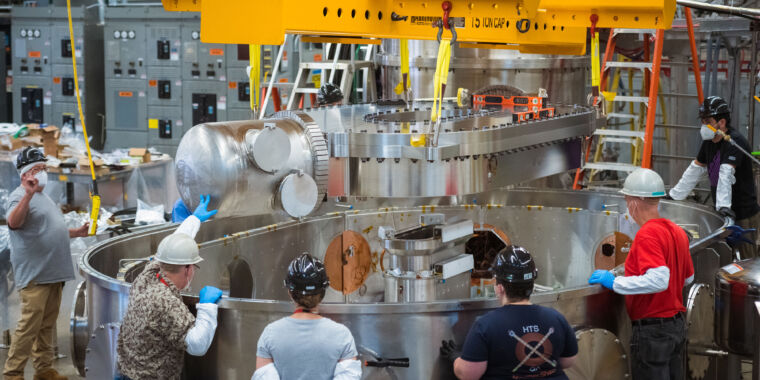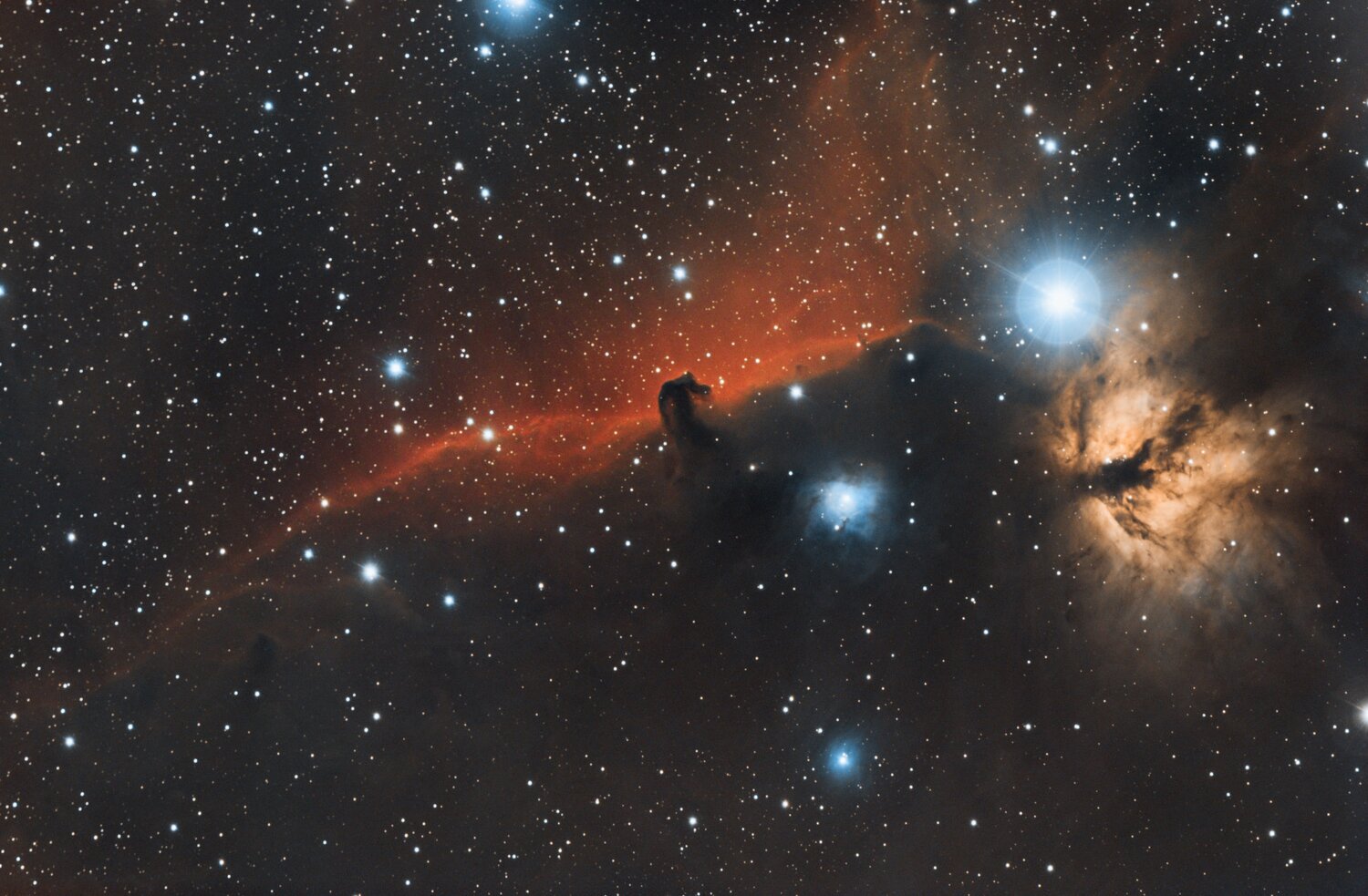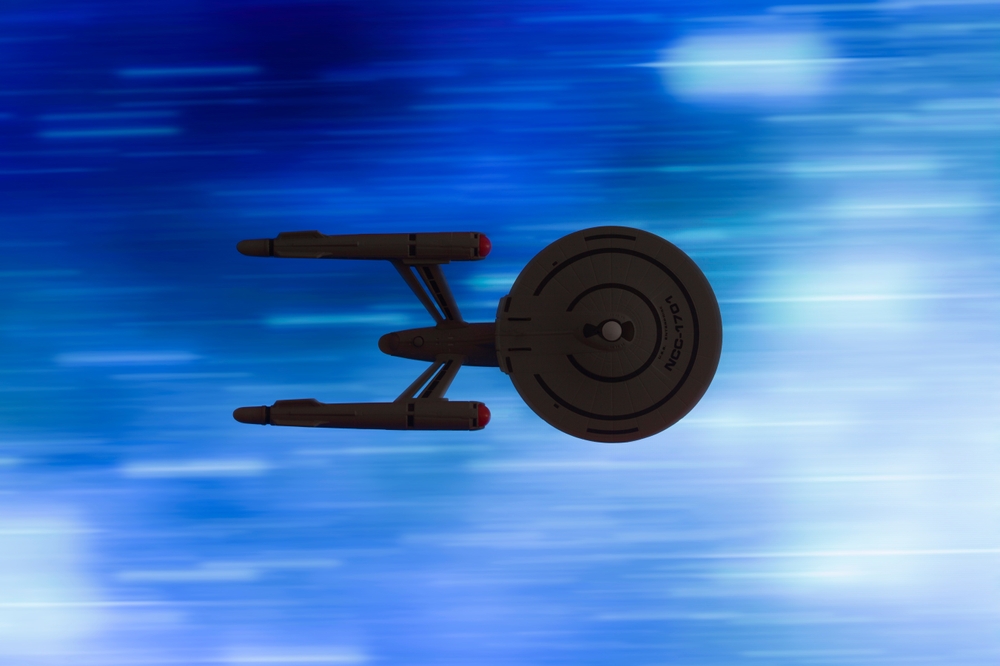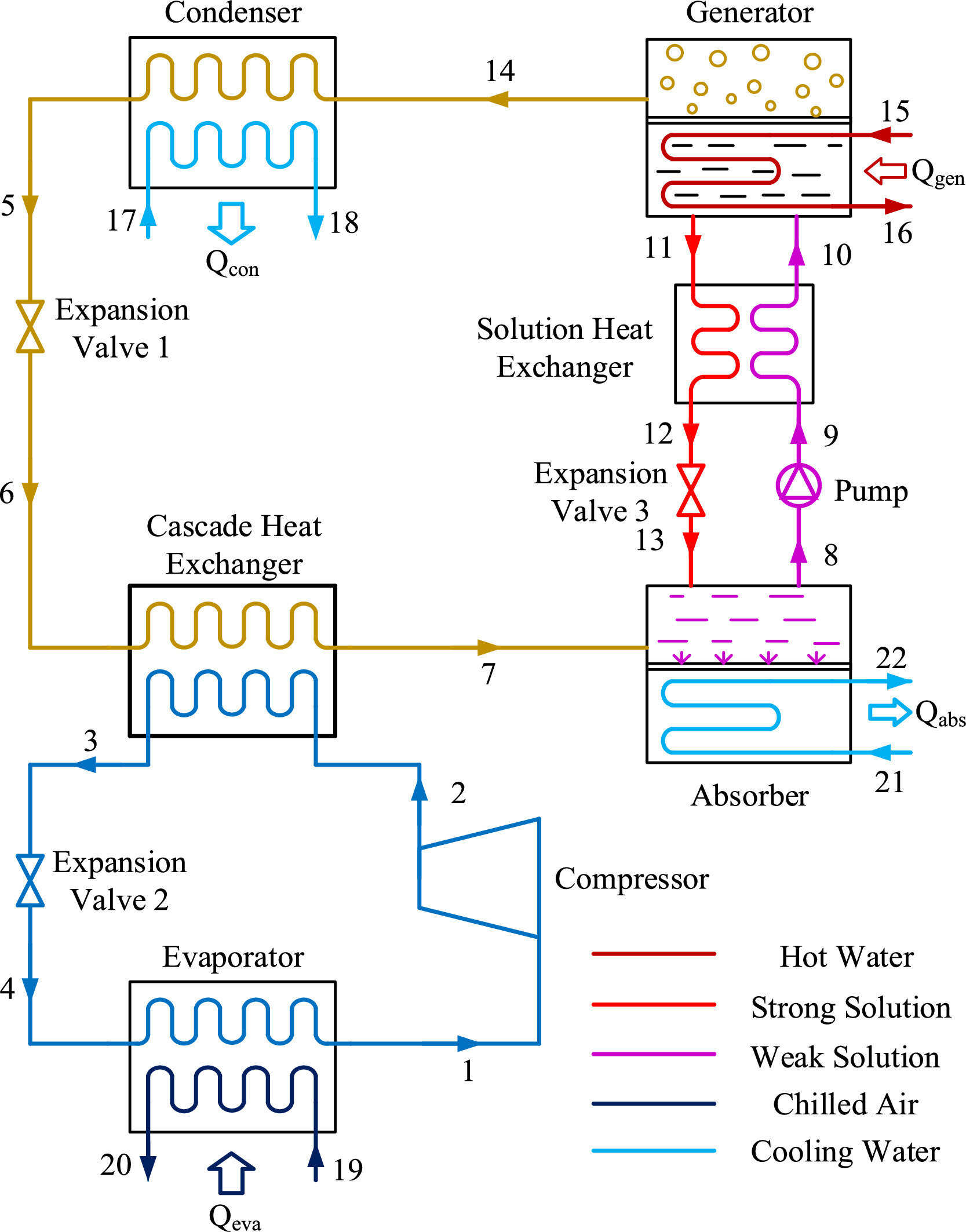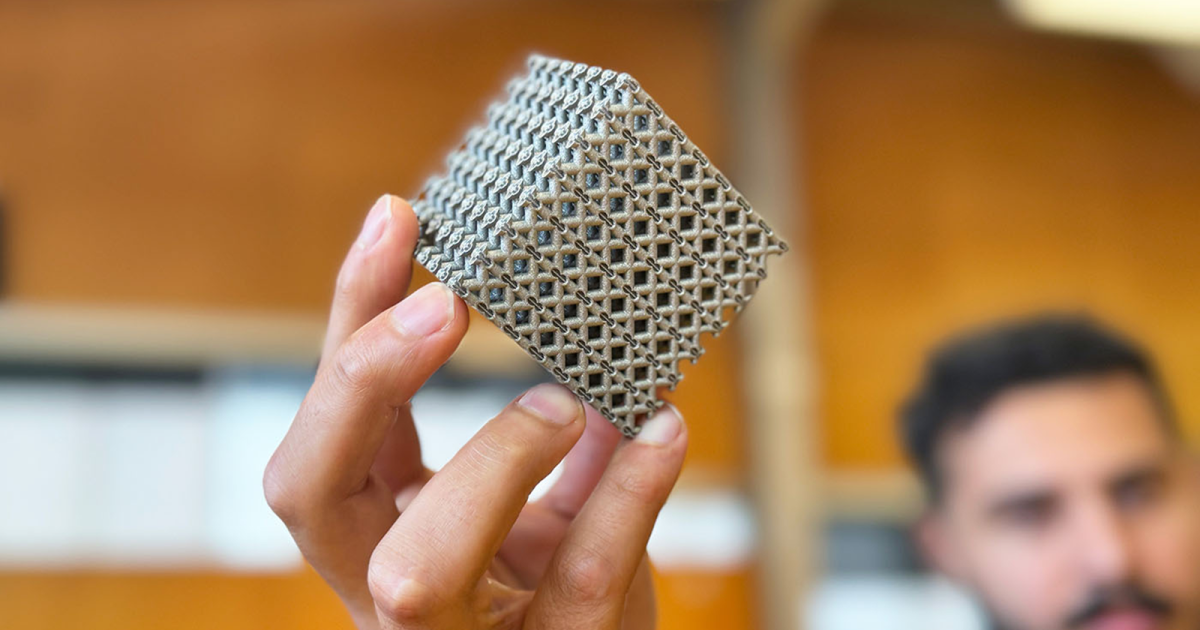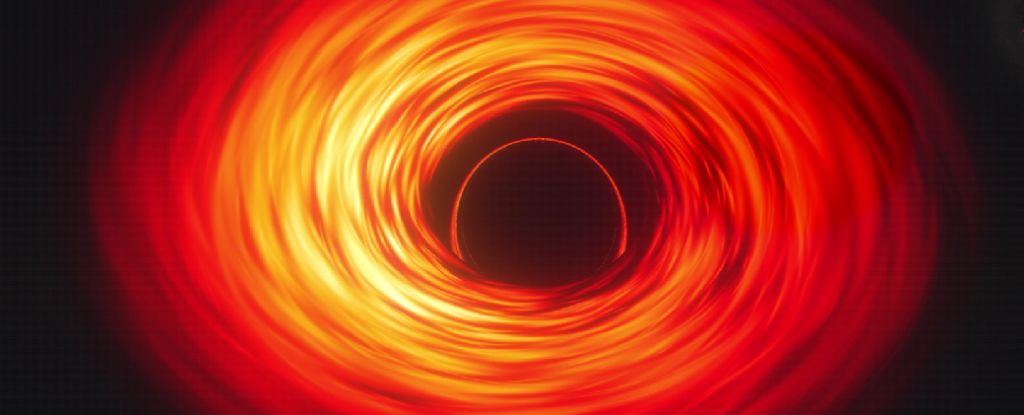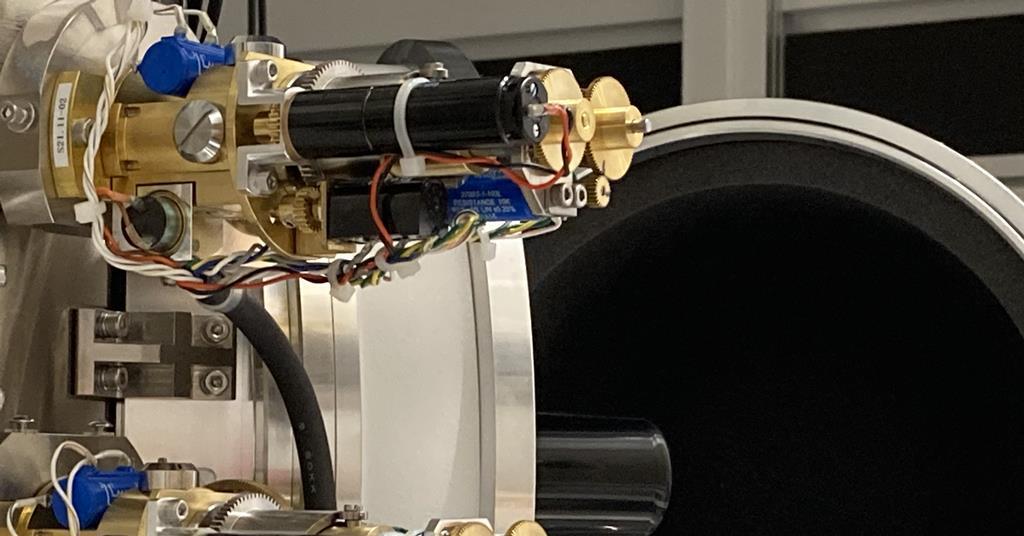
Uranium magnet - MagLab
The intriguing structure and properties of a uranium alloy hold clues about some of the most interesting and promising materials studied by physicists today.
Ryan Stillwell is a physics postdoc from Lawrence Livermore National Laboratory (LLNL) in Livermore, Calif. He recently conducted an experiment in the MagLab's Pulsed Field Facility in collaboration with his mentor, LLNL physicist Jason Jeffries, the MagLab’s Marcelo Jaime and Nicholas Butch of the University of Maryland and the Center for Neutron Research at the National Institute of Standards and Technology. Stillwell also did his graduate studies at Florida State University and worked at the MagLab's Tallahassee headquarters under physicist Stan Tozer.
Longer answer: Stillwell looked at uranium diantimonide (USb2), a uranium alloy. Uranium is, of course, radioactive. Although Stillwell’s sample had low radioactivity, his team took care to avoid creating dust when cutting and polishing it. But he was much less interested in that property than in USb2's magnetism, attributable to uranium’s unstable electronic structure — similar to a child's pile of jacks (see image above). Putting that pile into a powerful magnetic field (in this case, the MagLab's 65 tesla multi-shot magnet) has the effect of a kid poking at it: The jacks want to rearrange themselves or even change shape to fit together in a new, more stable way that alters their physical and magnetic structures.
In Stillwell's experiment, this caused the material to shrink, a result of the rearrangement of the electric and magnetic fields inside the material. How could they tell? They used a novel technique being developed at the MagLab called fiber Bragg grating dilatometry. The uranium magnets, glued to a fiber optic cable that reflects a certain wavelength of light, shifted that wavelength when it shrank.

